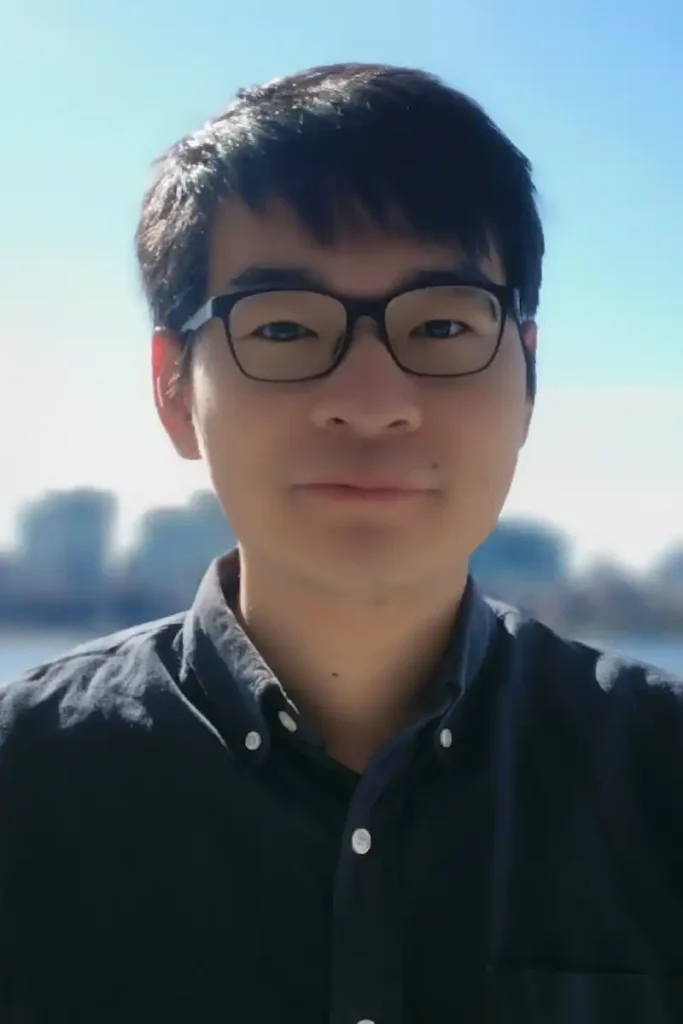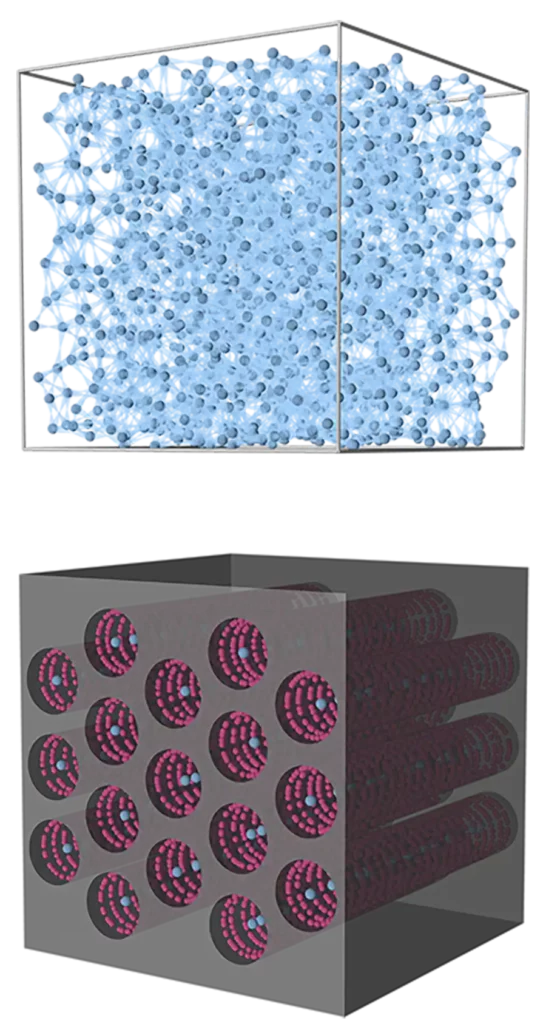Humboldt Fellowship for Jian Liu

Like different sides of a ledger, how quantum materials work and what everyday applications require are in opposite columns. With support from a prestigious Humboldt Research Fellowship, Associate Professor Jian Liu wants to balance the books with materials and devices that use quantum science to meet practical needs.
Good Friends Make Good Science
Currently Liu is spending the first of three summers at the Leibniz Institute for Solid State and Materials Research Dresden (IFW Dresden) in Germany. He was introduced to scientists there by UT Physics Assistant Professor Yang Zhang.
“He has good connections in Germany,” Liu said of Zhang. “He recommended (to) me that would be a nice place to visit and he connected me to some great colleagues there. We started talking and there was a lot of common interest.”
IFW Dresden focuses on investigating matter’s properties to develop new applications. That’s a great match for Liu, who studies quantum materials for innovative nanotechnologies. While quantum science is a rapidly-growing field for research and industry, it can be tricky ground to cover. Physics in the macroscopic world (the path of a baseball pitch, for example) is very different from the microscopic, or quantum, world (like the spin of an electron). The rules in quantum mechanics differ wildly from the predictable laws of classical mechanics. One key difference is temperature.
“For quantum phenomena to emerge, we need to go to very low temperature,” Liu explained. “If you read articles about quantum computers, you’ll see they have to go extremely low temperatures. That’s when the thermal effects are gone and then the quantum effects really show up. (It’s) the same for materials. If we want to measure the quantum properties of materials we have to go to very low temperatures.”
Very low in quantum-speak means near absolute zero. Liu explained that when things get too warm, quantum properties disappear.
“Thermal effects can de-cohere quantum properties,” he said. “The famous example would be superconductivity, where you need two electrons in a pair. The reason they could pair together is because their wave functions are coherent with each other. They know what the other is doing, so that they can act accordingly. But a thermal effect is going to come in and de-cohere (them). And eventually when you reach high enough temperatures superconductivity disappears.”
As scientists learn more about subatomic systems, they can find advanced uses for them like cyptography for secure communications or sophisticated sensors for precise navigation.
The Dresden group hosting Liu has instruments with the cooling power needed to make devices and measure their quantum properties.
Bridging Basic and Applied Science
Liu said he wants to start by making devices as simple as a Hall bar, which lets scientists measure both longitudinal and transverse voltage in a semiconductor.
“The problem is that in practical materials to measure those two things at the same time is not easy,” he explained. “You want to make a device where your electrodes are extremely symmetric on both sides of a narrow channel. That requires you to do nanofabrication.”
The tools at IFW make that possible and will help Liu build an even stronger research program at UT.
“We’re very strong in materials synthesis and we’re getting very comprehensive in terms of characterizations,” he said. “We can make all these new, amazing materials, but eventually if you want to turn them in to any kind of application, the first step will be to build a device. The device is the bridge between fundamental physics, basic science, to applied science. The problem we have is that we don’t have much device fabrication capability for quantum materials.”
Liu is the scientific director of the Electromagnetic Properties Lab (EMP) at UT’s Institute for Advanced Materials and Manufacturing (IAMM). As a core facility, EMP serves materials researchers from multiple departments and colleges. Liu said UT has invested in quantum science with facility upgrades and new hires and his time in Dresden will help him make the most of those resources and plan for the future.
“We don’t have as much on-campus experience of device fabrication as those folks in Germany,” he said. “One of the things I want to do is learn from them. If I learn device fabrication and see how things work (and) get the know-how, then I could help enhance that capability on our campus for the local community of materials research.”
Physics Professor and Department Head Adrian Del Maestro is among Liu’s colleagues who’ll benefit from this newly-gained expertise. He also studies quantum materials and holds leadership positions at IAMM through the National Science Foundation-supported Center for Advanced Materials and Manufacturing (CAMM).
“Professor Liu is operating at the cutting edge of quantum materials research, and this fellowship will enhance the EMP facility’s quantum device capabilities, moving UT up the technological readiness level scale,” he said. “Humboldt Fellowships are prestigious life-long opportunities that demonstrate the impact UT Physics and Astronomy is having on the international scientific enterprise.”
In true “Everywhere You Look, UT” style, Liu said while he’s abroad he’ll also promote Tennessee’s strengths in quantum science.
“(I’ll) let them know that we’re good—and growing,” he said.





